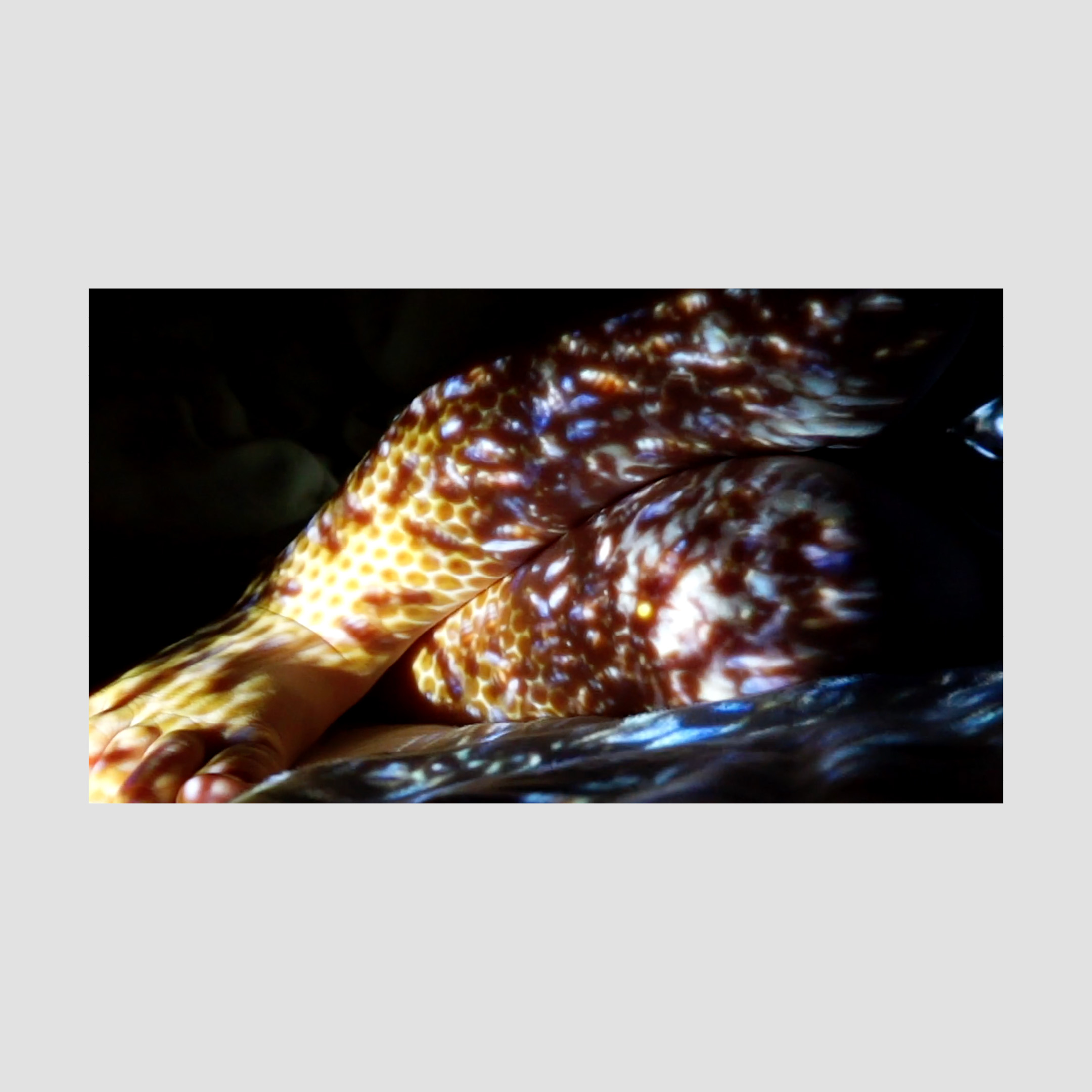
Andreas Albrectsen & Mia Edelgart
Histoire Naturelle
March 19th – April 14th, 2022
To man alone, of all animated beings, has it been given, to grieve, to him alone to be guilty of luxury and excess; and that in modes innumerable, and in every part of his body. Man is the only being that is a prey to ambition, to avarice, to an immoderate desire of life, to superstition,—he is the only one that troubles himself about his burial, and even what is to become of him after death. By none is life held on a tenure more frail; none are more influenced by unbridled desires for all things; none are sensible of fears more bewildering; none are actuated by rage more frantic and violent. (Pliny the Elder, Historia Naturalis, Book VII)
Close-ups of a child’s foot with bees on their way out of the hexagonal cells, slowly feeling their way out of the holes in the foot. The sleeping child’s body in the dark room is bathed in images. As the child is cradled in sleep, the sleeping body is encapsulated in the projection, and the reproductive work that lies in the care of the child is reflected in the reproductive work carried out by the bees through pollination. Do bees dream of sleeping children?
Mia Edelgart’s video work Hearts in Tiny Chests (PS) Pollination Services (2017-22) stems from a study of bees’ function in the maintenance of ecosystems and of human’s relationship to bees as a mythological, practical and now endangered species. “Not having honey is the least of our problems” as formulated in an article on the impact of climate change on the decline in the global population of bees. Bees – and not just the honey bee – are vital pollinators of all types of plants and crops, but industrial agriculture in particular has contributed to the decline in bee populations globally. Edelgart’s video revolves around the question of how we are connected to and can show care for caregivers of other species. On the one hand, it tries to visually capture the close relationship between flowers, bees and humans through footage from the University Gardens at Frederiksberg where a number of hobby beekeepers visit the hives and bees crawl around in bulging flowers with their yellow pollen pants – on the other hand it shows Edelgart’s attempt to find a way to address the bees and the challenges man-made changes of ecosystems have posed to them, e.g., by converting caring gestures like reading aloud to them. The work thus also relates to the loss that lies in the experience that having knowledge and language about the bees’ way of life does not necessarily contain a safeguard against destabilization and destruction of their living conditions. The disorientation of bees resulting from the use of neonicotinoides (a special type of pesticides, which have, however, been taken out of use in Denmark after the production of this work), is reflected in the video’s searching format with overlapping images, inversions and collapse of registers – like groping in the dark.
There is a similar nocturnal atmosphere in Andreas Albrectsen’s series of film strip frottages Untitled (Sleeper) (2022). The frottages, mounted horizontally, bear resemblance to railroad tracks cutting through the landscape, something which the title also alludes to with its ambiguous connotations of railway sleepers, sleeping wagons, and the state of sleep. At the same time, they carry with them a secretive relation to imagination and dreaming. Although it could be the representation of a landscape, it is impossible to decode what is on the film strip’s images. Of the photographic reproduction, only the direct imprint of the surface and contours of the negative remains; rubbing the graphite chunk over the paper with the strip underneath. Where Max Ernst in his Histoire Naturelle (ca. 1925-26) evoked motifs from wooden floors and leaves and made a surrealistic natural history of fantasy creatures and dream-like tableaux, in Albrectsen’s works for this show under the same title the medium becomes the motif itself. The landscape here is latent or it lies dormant as an imagination embedded in the negative or is a faint afterimage visible to the inner gaze.
As Foucault already pointed out in Order of Things (1966), in which he examines how we arrange things with words, every natural history is at the same time a story of the human being who recorded it and the notions that presupposed it. In connection to this he refers to the well-known surrealist motto “beautiful as the chance meeting on a dissecting-table of a sewing-machine and an umbrella.” Our relationship with the outside world of which we are a part is therefore marked by paradoxes; we must at once acknowledge our deep entanglement with the world and try to lift ourselves out of it in order to understand it. A shameful humanistic drama seems to unfold these years, where it is increasingly clear how that very human (the European anthropos) who has seen himself as a neutral center of enlightenment and development has exploited both the globe, others species and marginalized, minority and enslaved groups that have been used, wasted. It points to a close connection between the ideal of the Enlightenment to gather and categorize knowledge of everything and then the systematic over-consumption of resources that accompanies industrialization and the growth logic of capitalism, which together have given rise to the designation of the anthropocene or rather capitalocene age, we are now in. And as long as we hold on to the special status of humans in relation to other species and the outside world, it is also an age of loneliness, the eremocene. Albrectsen’s and Edelgart’s works in the exhibition Histoire Naturelle open up to visualizing and imagining new connections and ways of expression – or maybe it’s something I dreamt.
– Anne Kølbæk Iversen
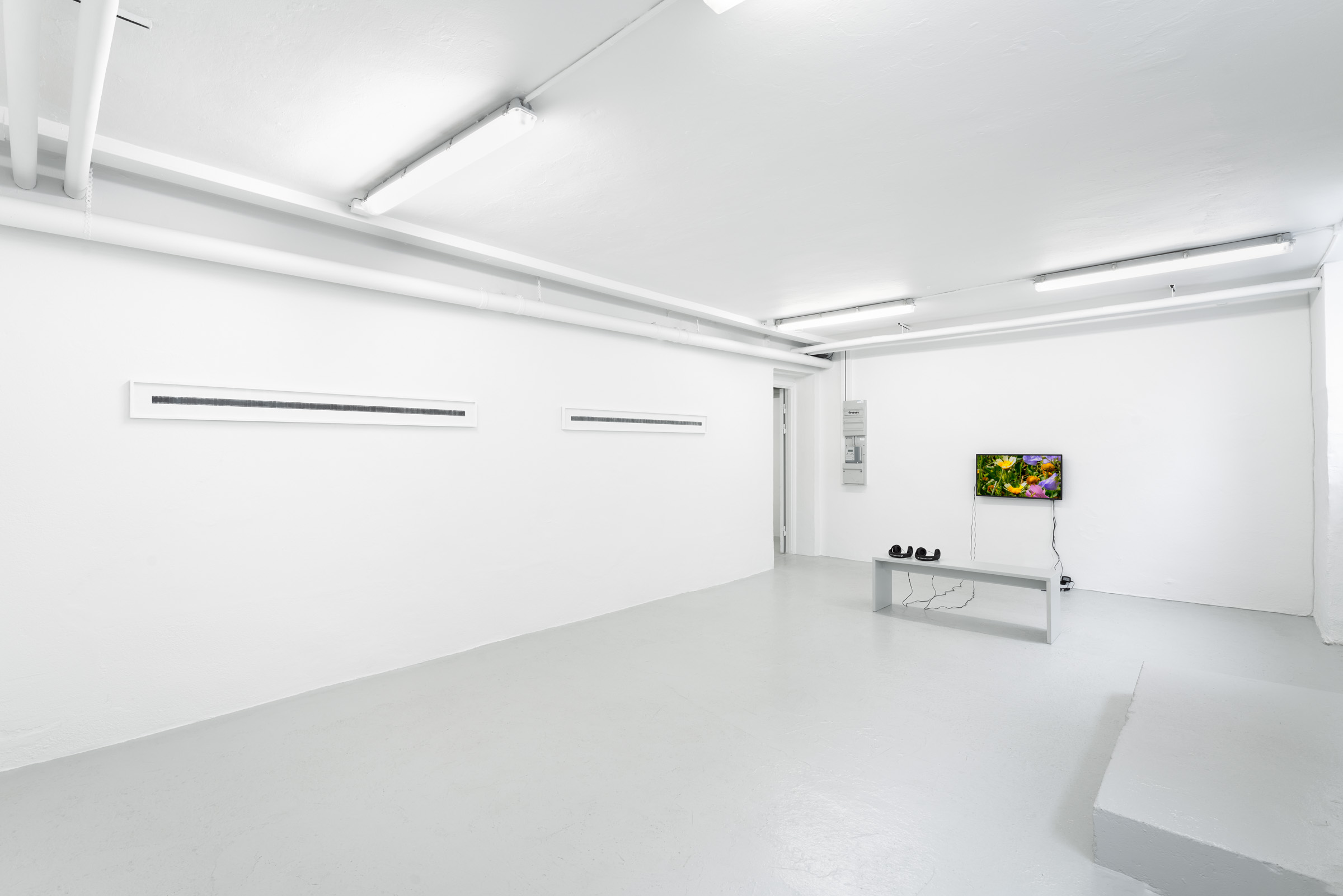
Andreas Albrectsen & Mia Edelgart. Histoire Naturelle. March – April, 2022. Photo by Brian Kure 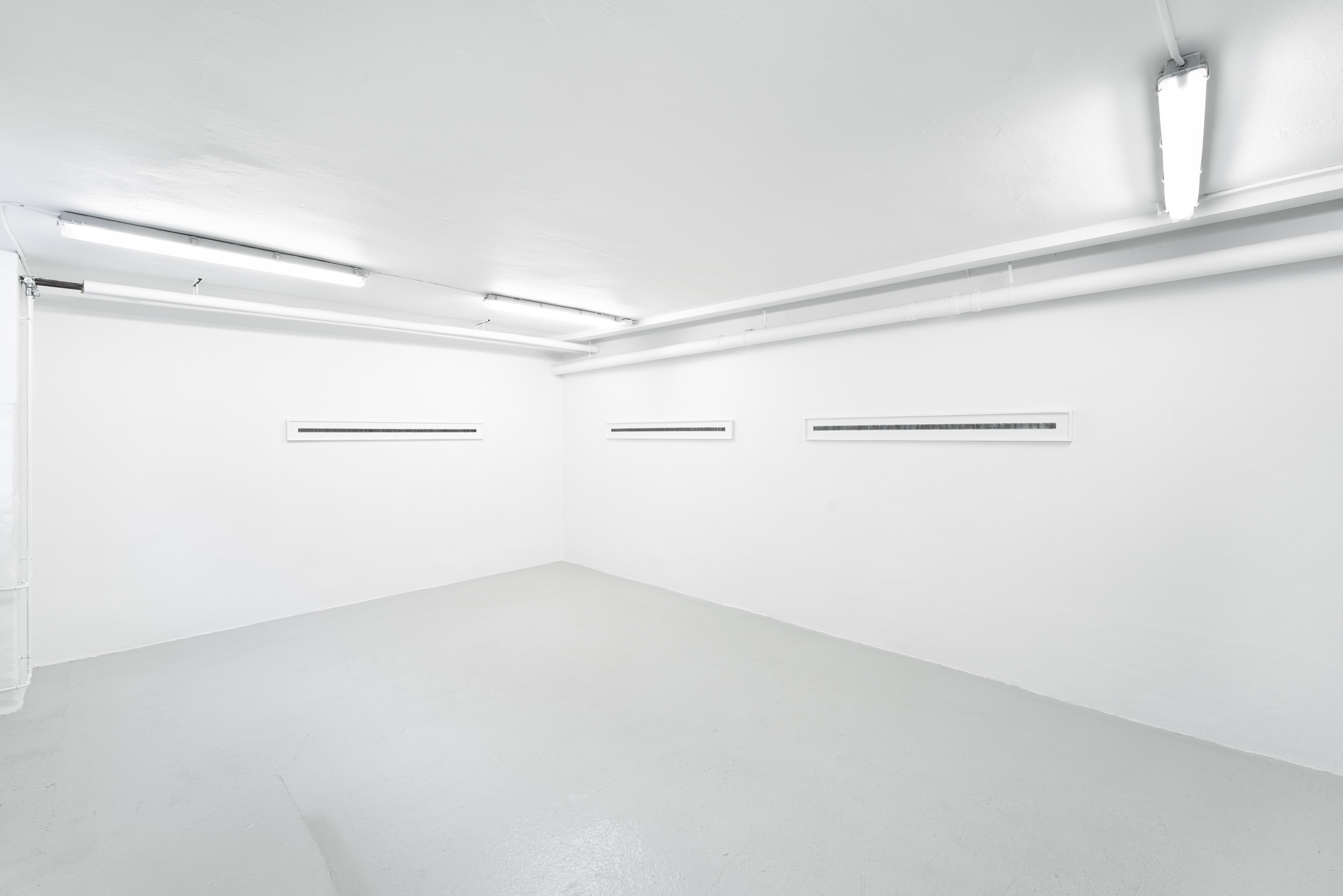
Andreas Albrectsen & Mia Edelgart. Histoire Naturelle. March – April, 2022. Photo by Brian Kure 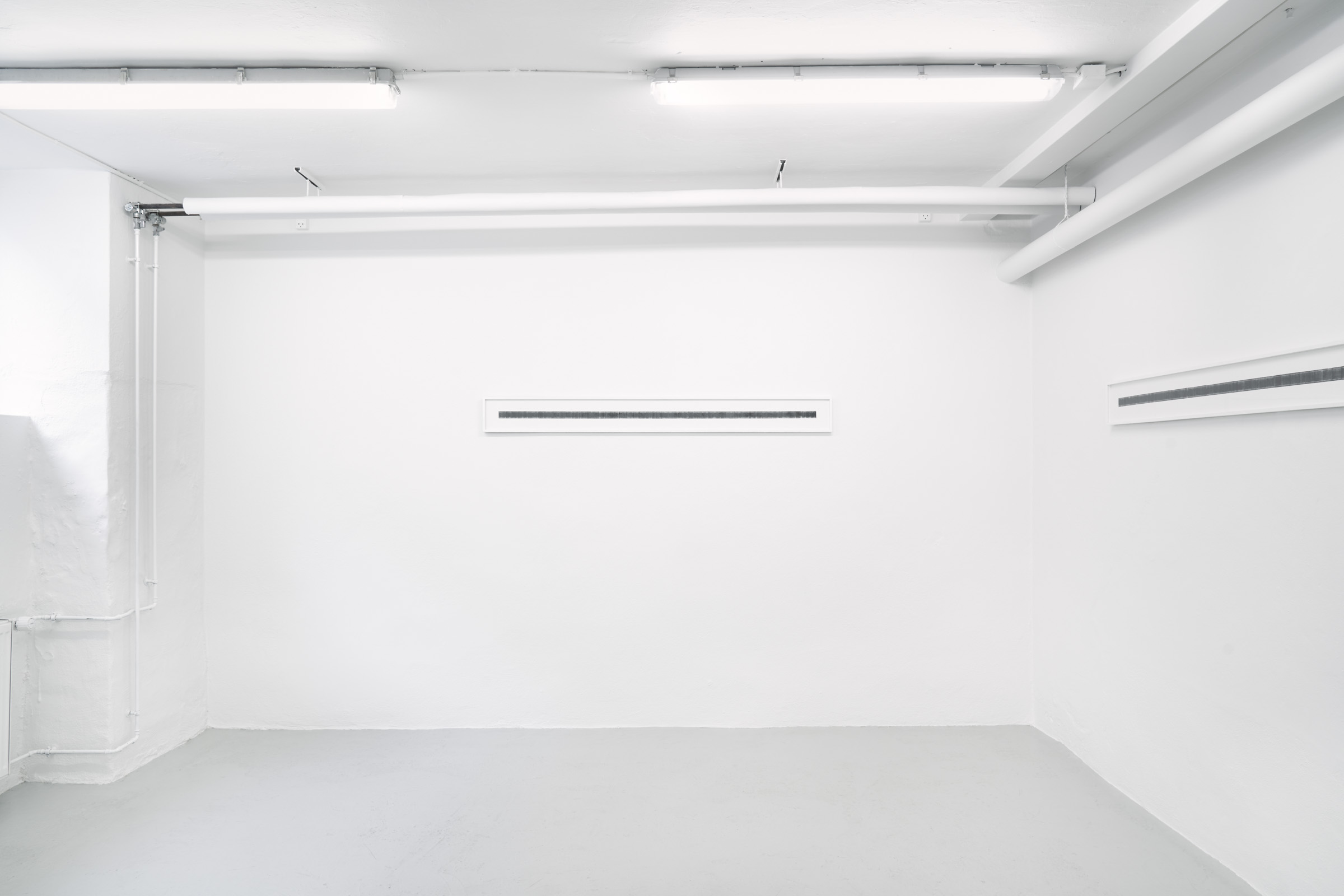
Andreas Albrectsen & Mia Edelgart. Histoire Naturelle. March – April, 2022. Photo by Brian Kure 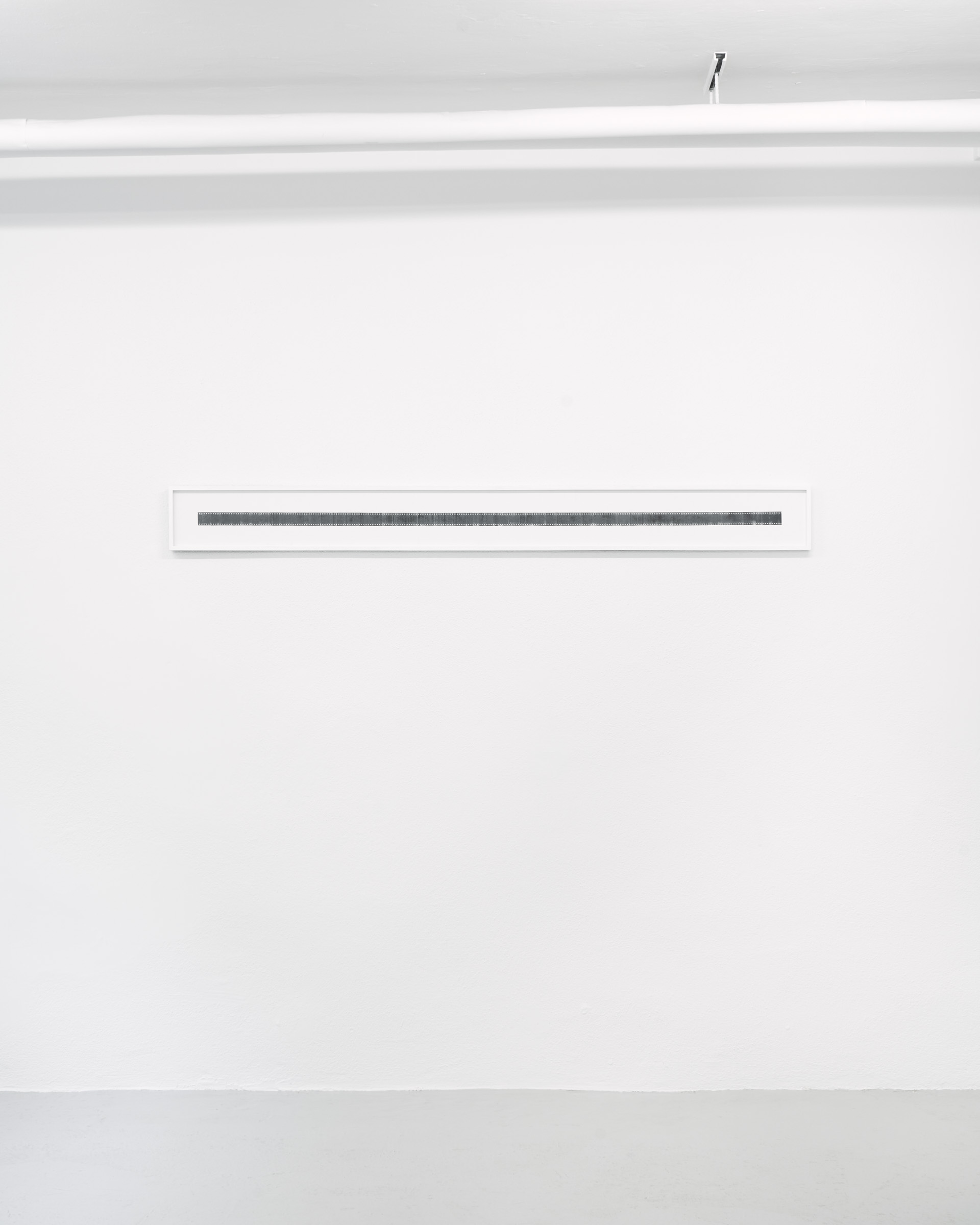
Andreas Albrectsen & Mia Edelgart. Histoire Naturelle. March – April, 2022. Photo by Brian Kure 
Andreas Albrectsen. Untitled (Sleeper #I), 2022. Graphite on polyester film (framed UV glass). 17 x 170 cm 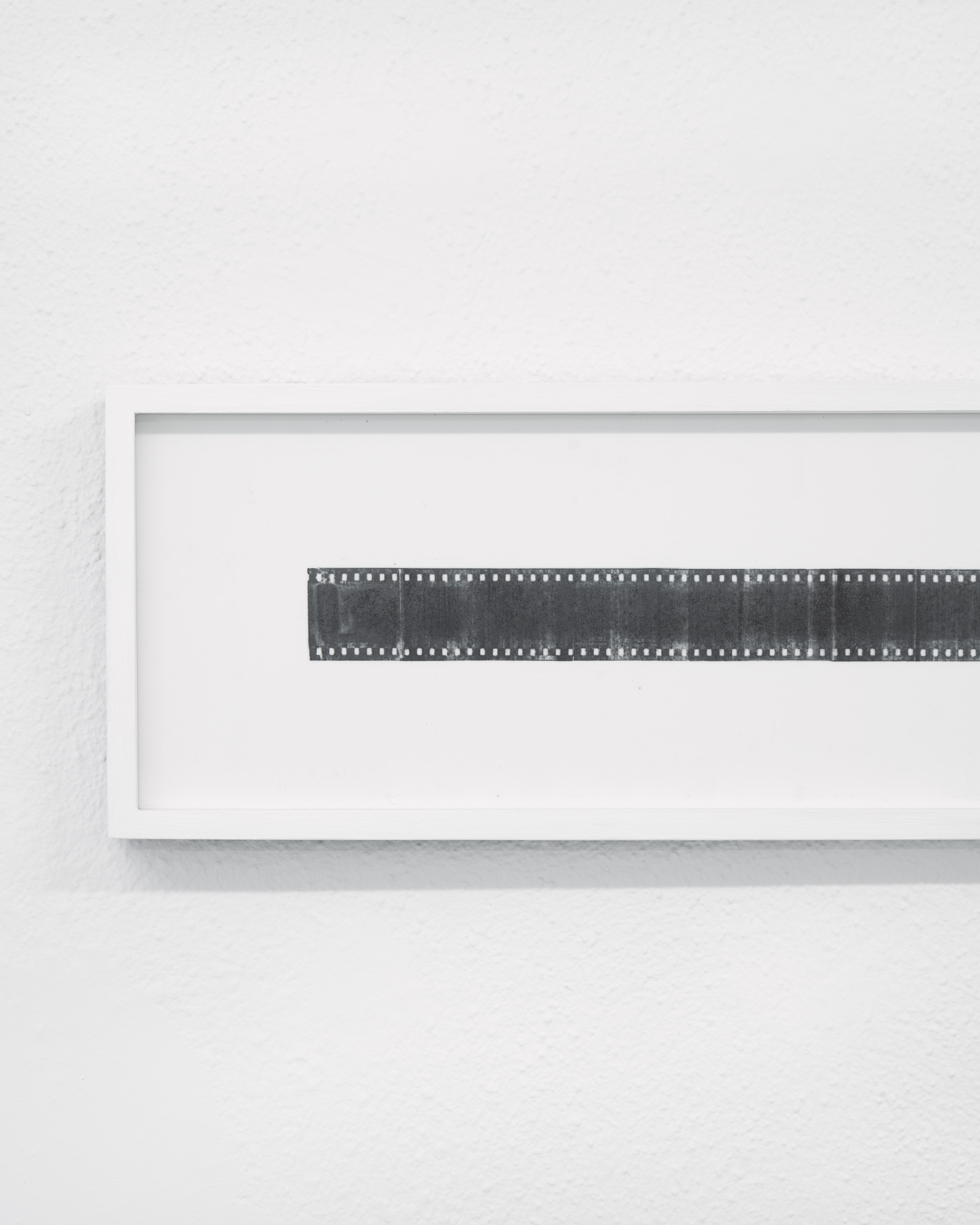
Andreas Albrectsen. Untitled (Sleeper #I), 2022 (Detail) 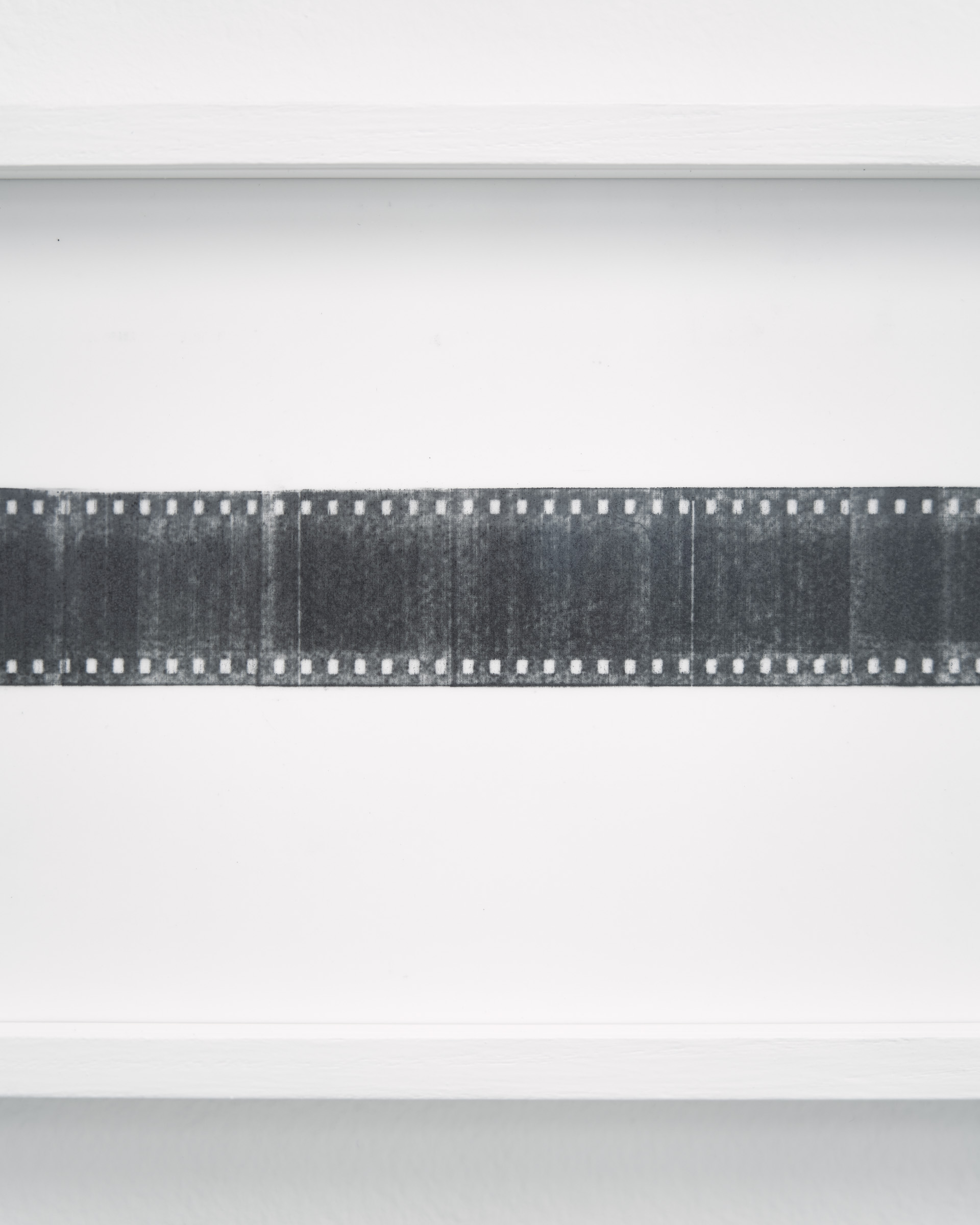
Andreas Albrectsen. Untitled (Sleeper #I), 2022 (Detail) 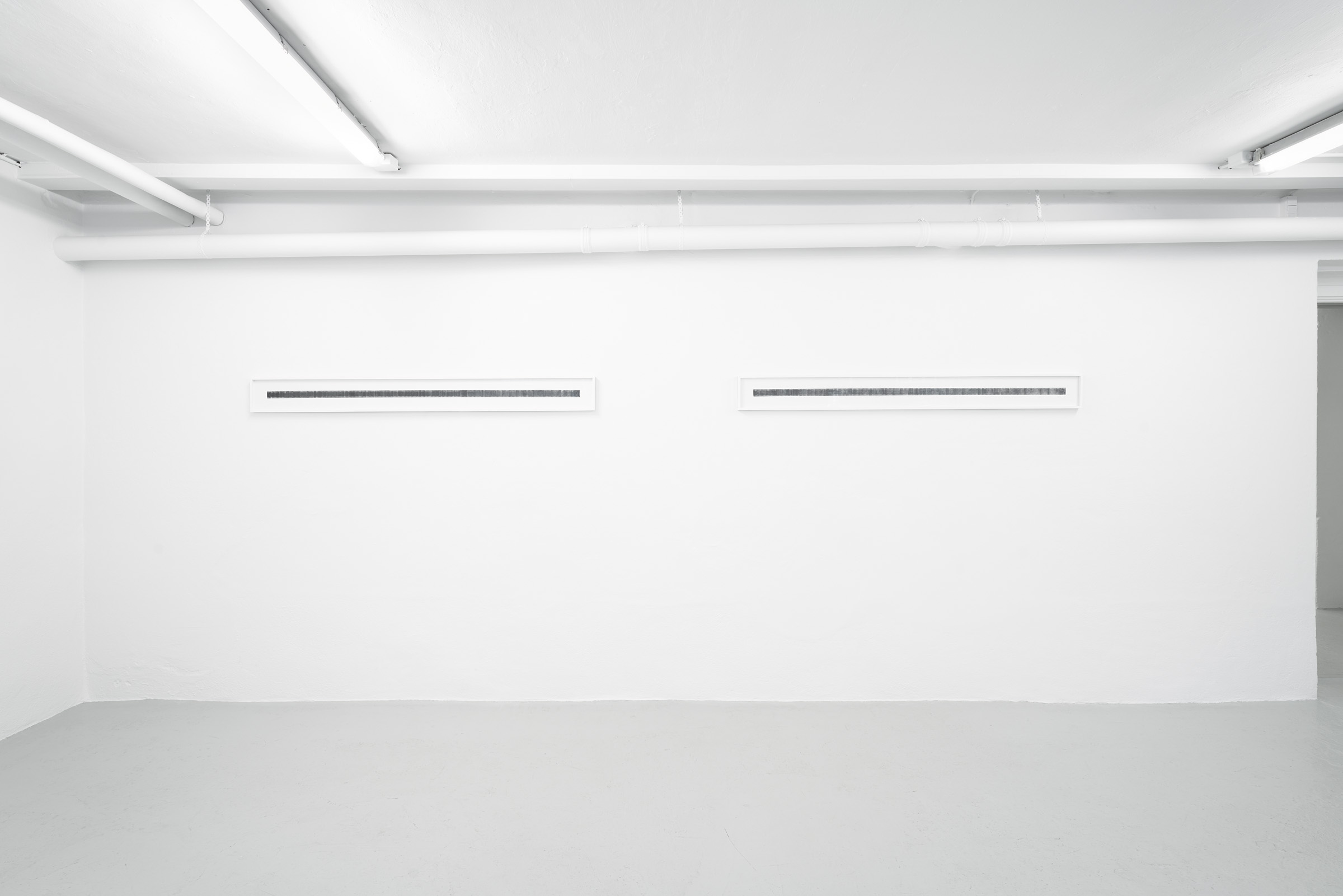
Andreas Albrectsen & Mia Edelgart. Histoire Naturelle. March – April, 2022. Photo by Brian Kure 
Andreas Albrectsen. Untitled (Sleeper #II), 2022. Graphite on polyester film (framed UV glass). 17 x 170 cm 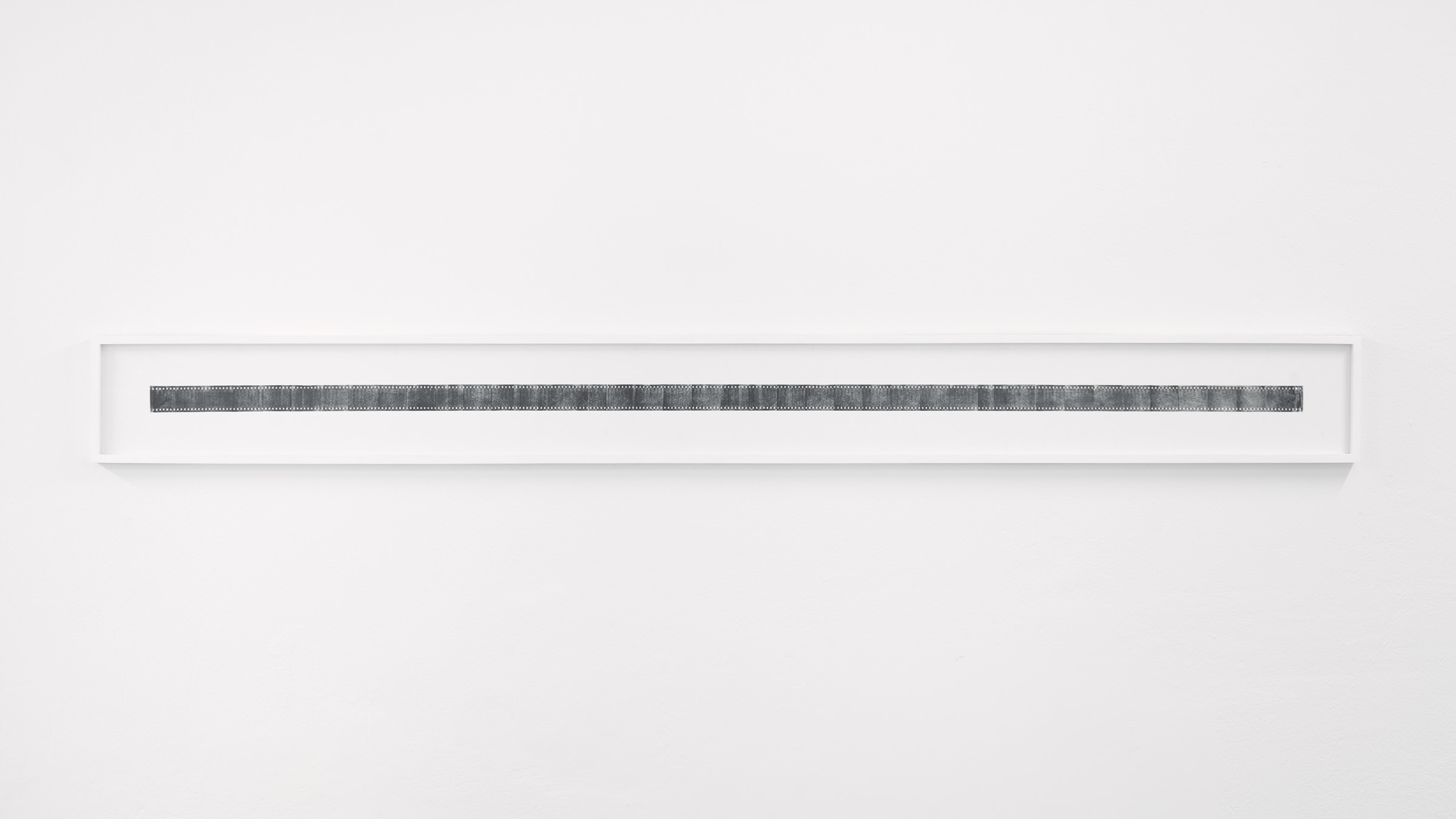
Andreas Albrectsen. Untitled (Sleeper #III), 2022. Graphite on polyester film (framed UV glass). 17 x 170 cm 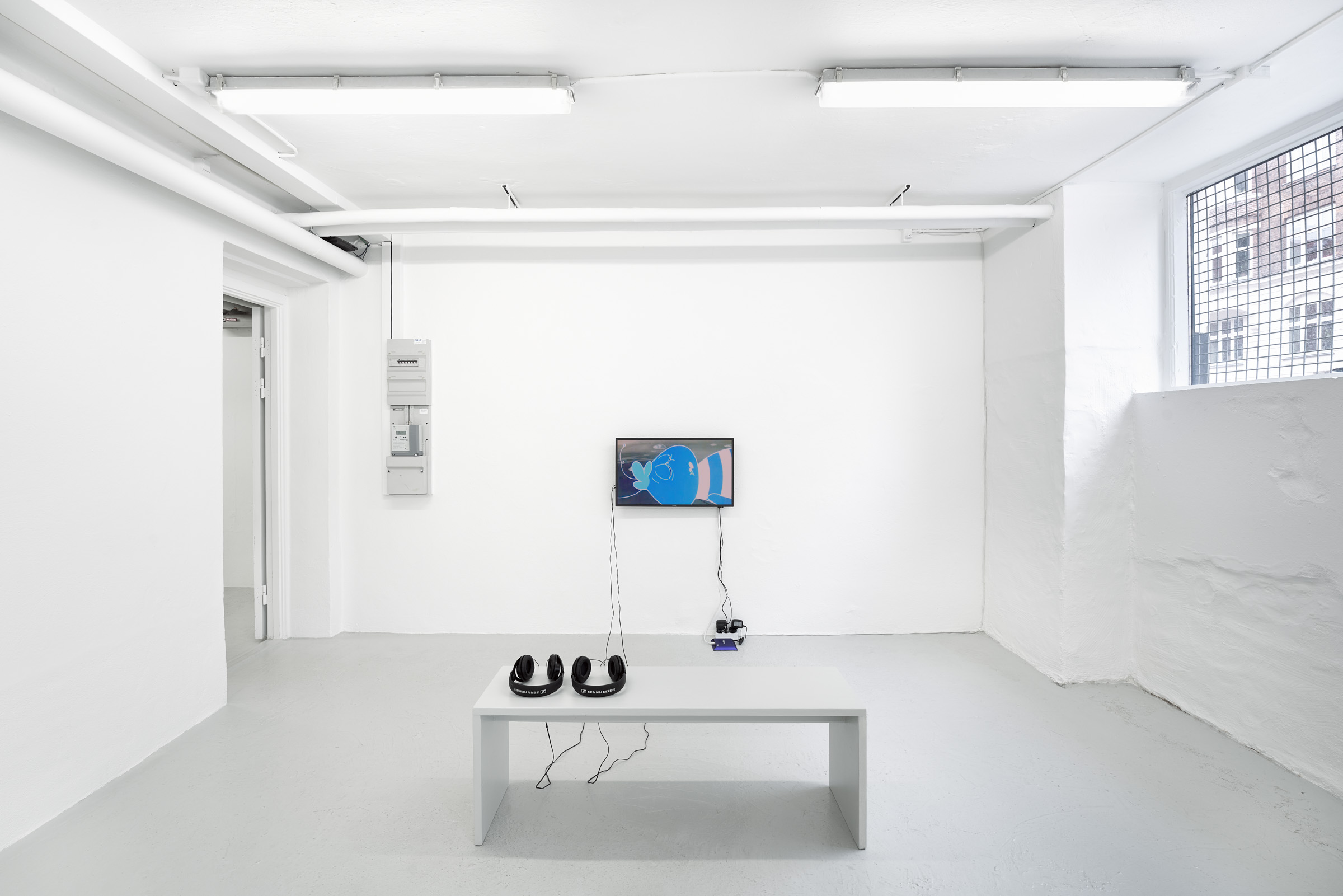
Andreas Albrectsen & Mia Edelgart. Histoire Naturelle. March – April, 2022. Photo by Brian Kure 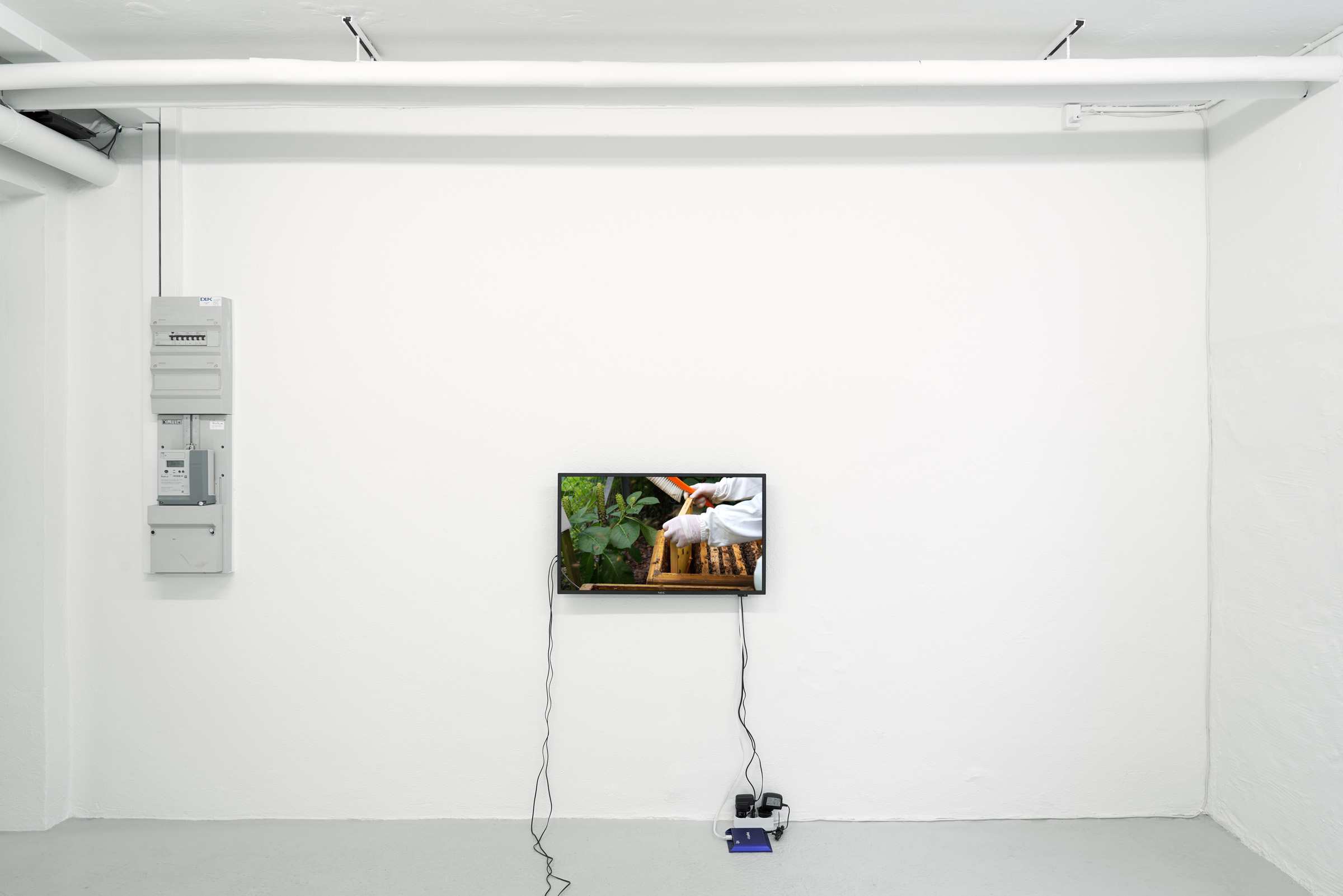
Andreas Albrectsen & Mia Edelgart. Histoire Naturelle. March – April, 2022. Photo by Brian Kure 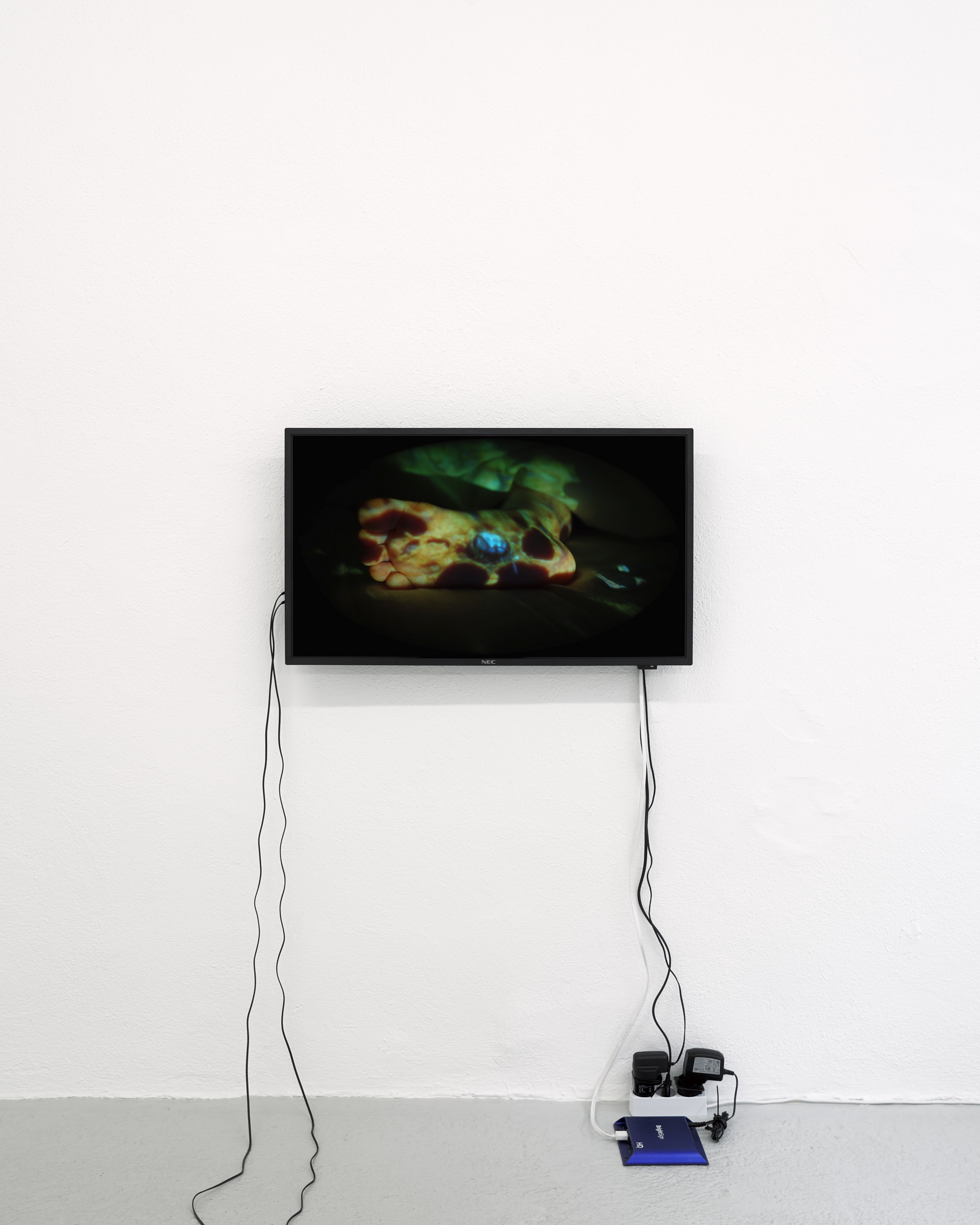
Mia Edelgart. Hearts in Tiny Chests (PS) Pollination Services, 2017-22. Video. 25 min (loop) 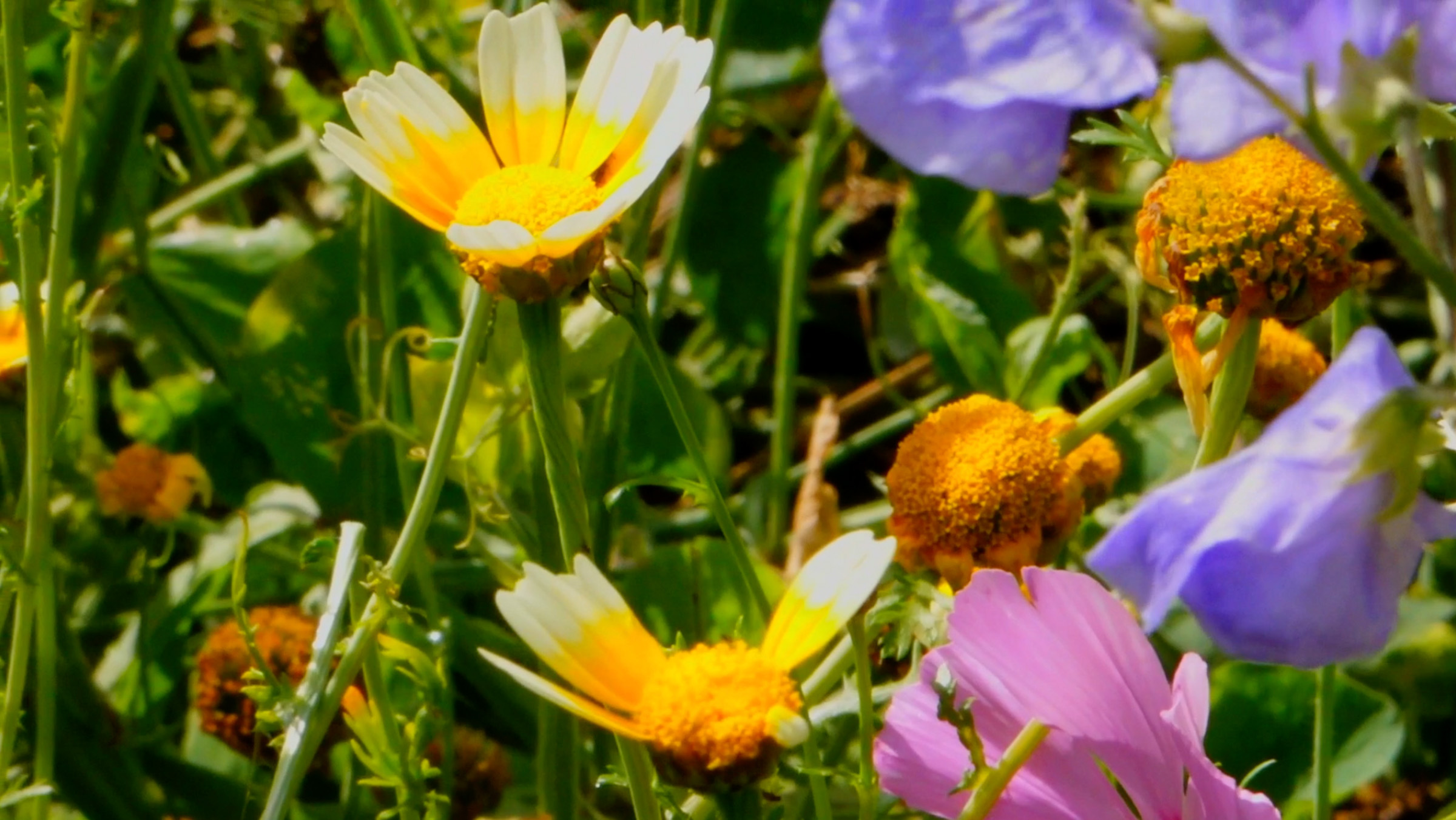
Mia Edelgart. Hearts in Tiny Chests (PS) Pollination Services, 2017-22 (Still) 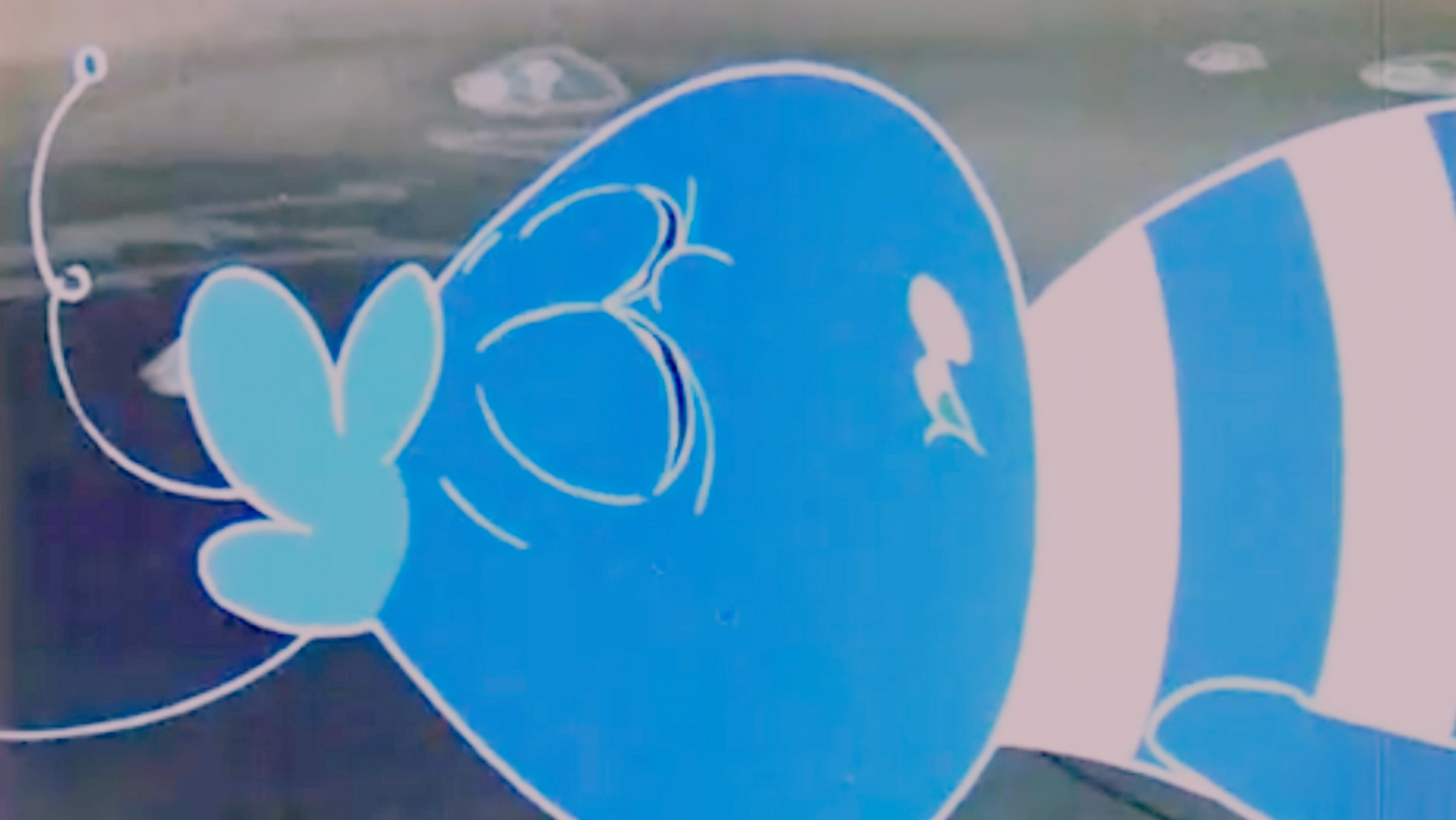
Mia Edelgart. Hearts in Tiny Chests (PS) Pollination Services, 2017-22 (Still) 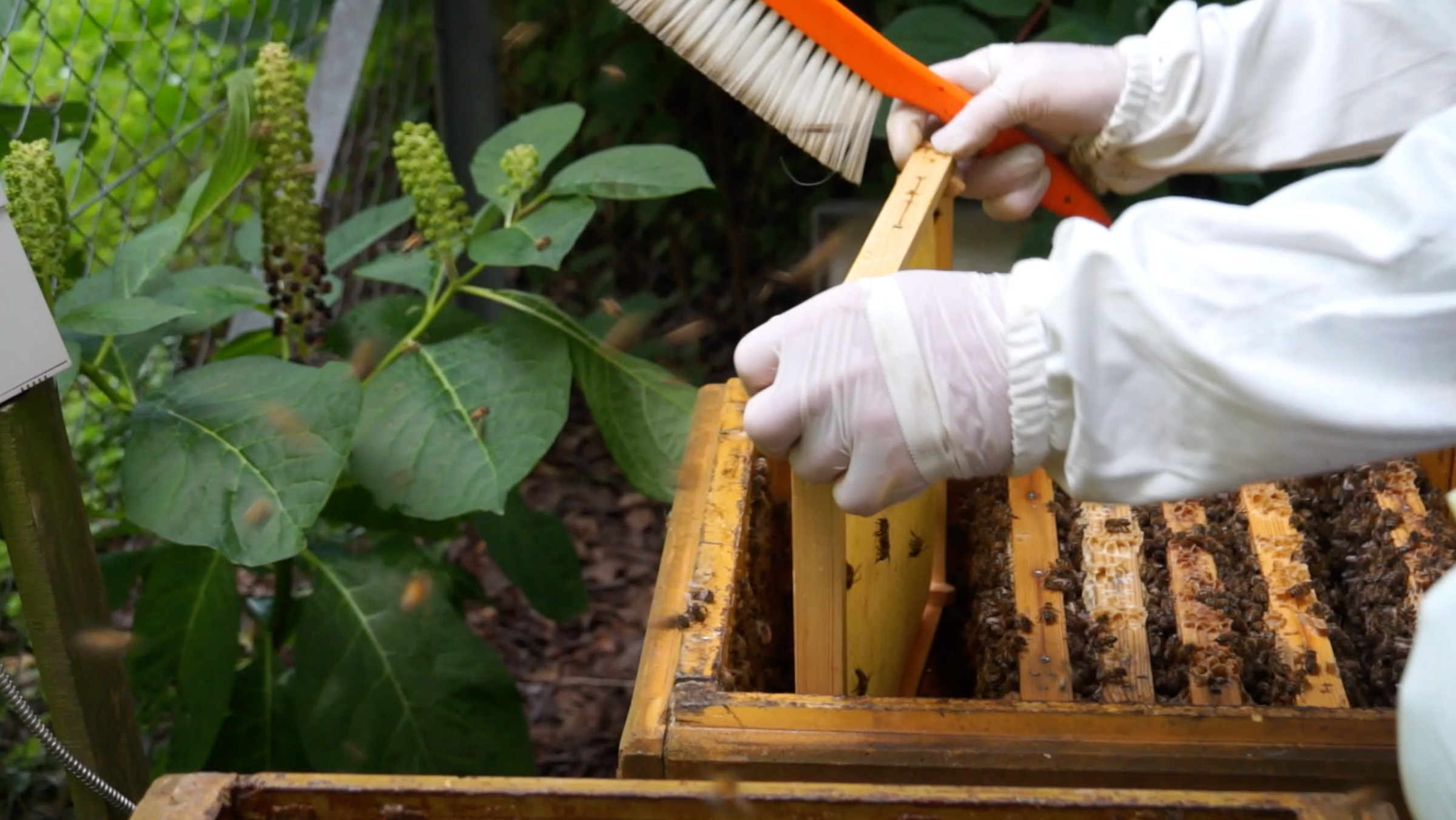
Mia Edelgart. Hearts in Tiny Chests (PS) Pollination Services, 2017-22 (Still) 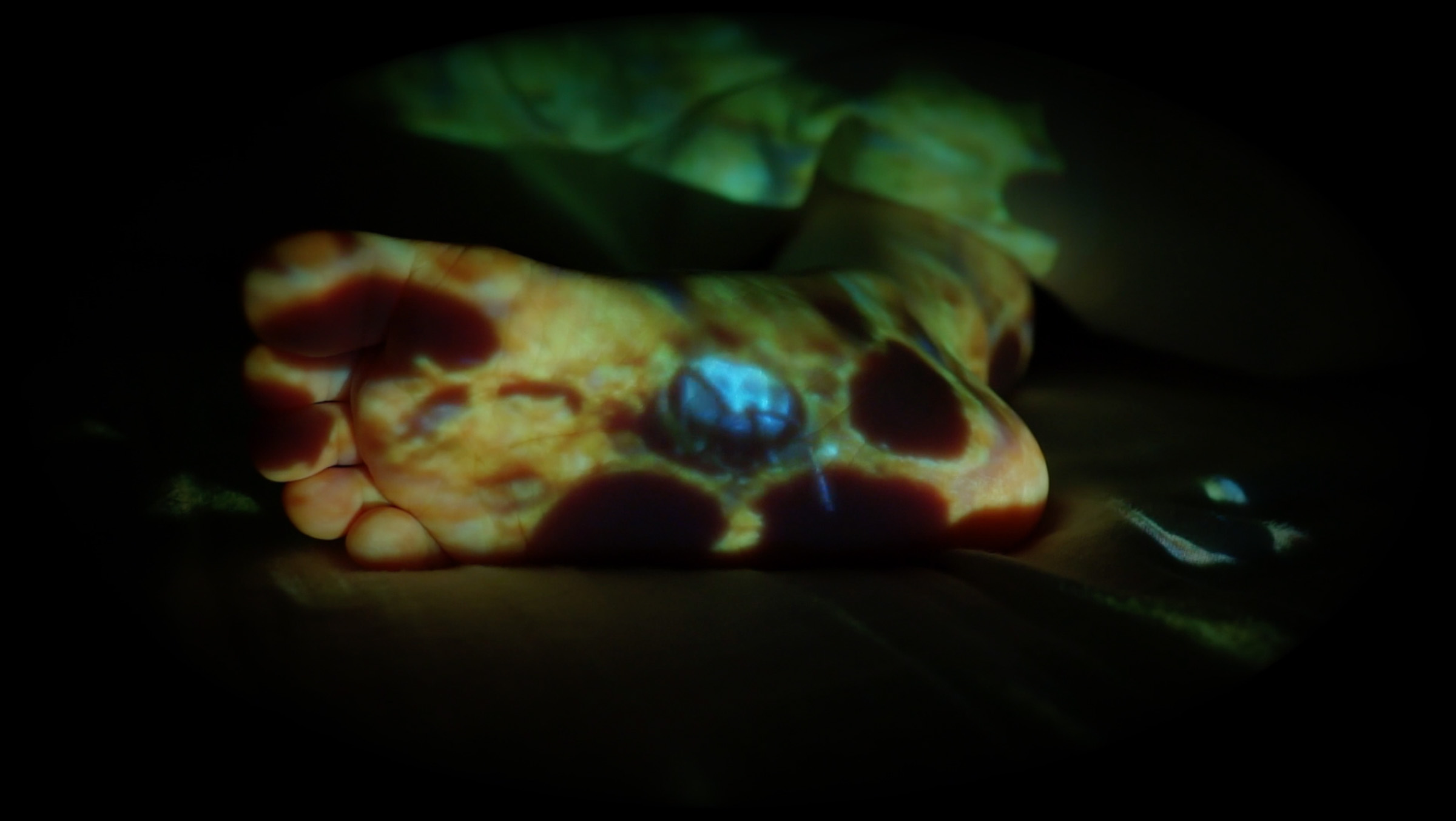
Mia Edelgart. Hearts in Tiny Chests (PS) Pollination Services, 2017-22 (Still) 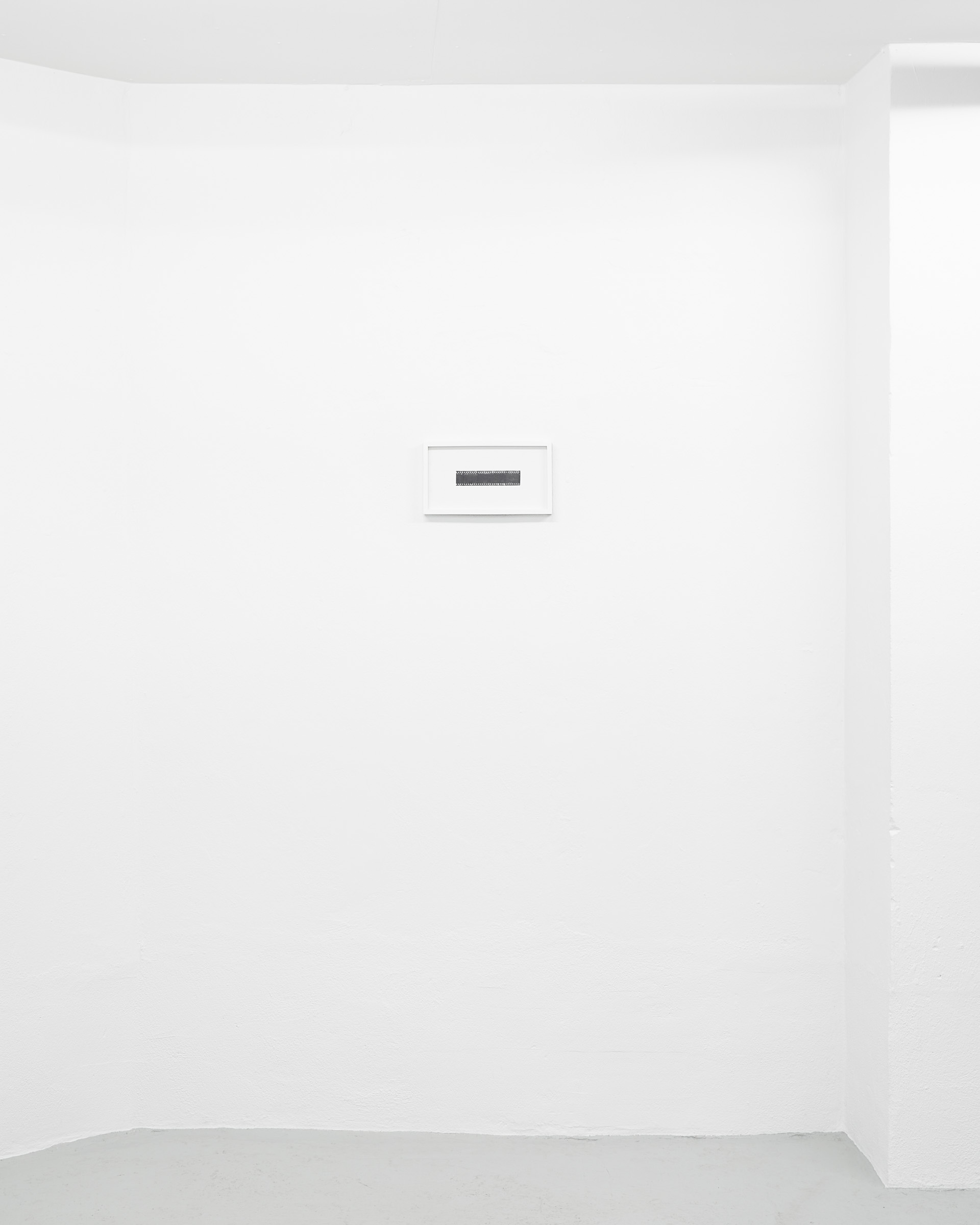
Andreas Albrectsen & Mia Edelgart. Histoire Naturelle. March – April, 2022. Photo by Brian Kure 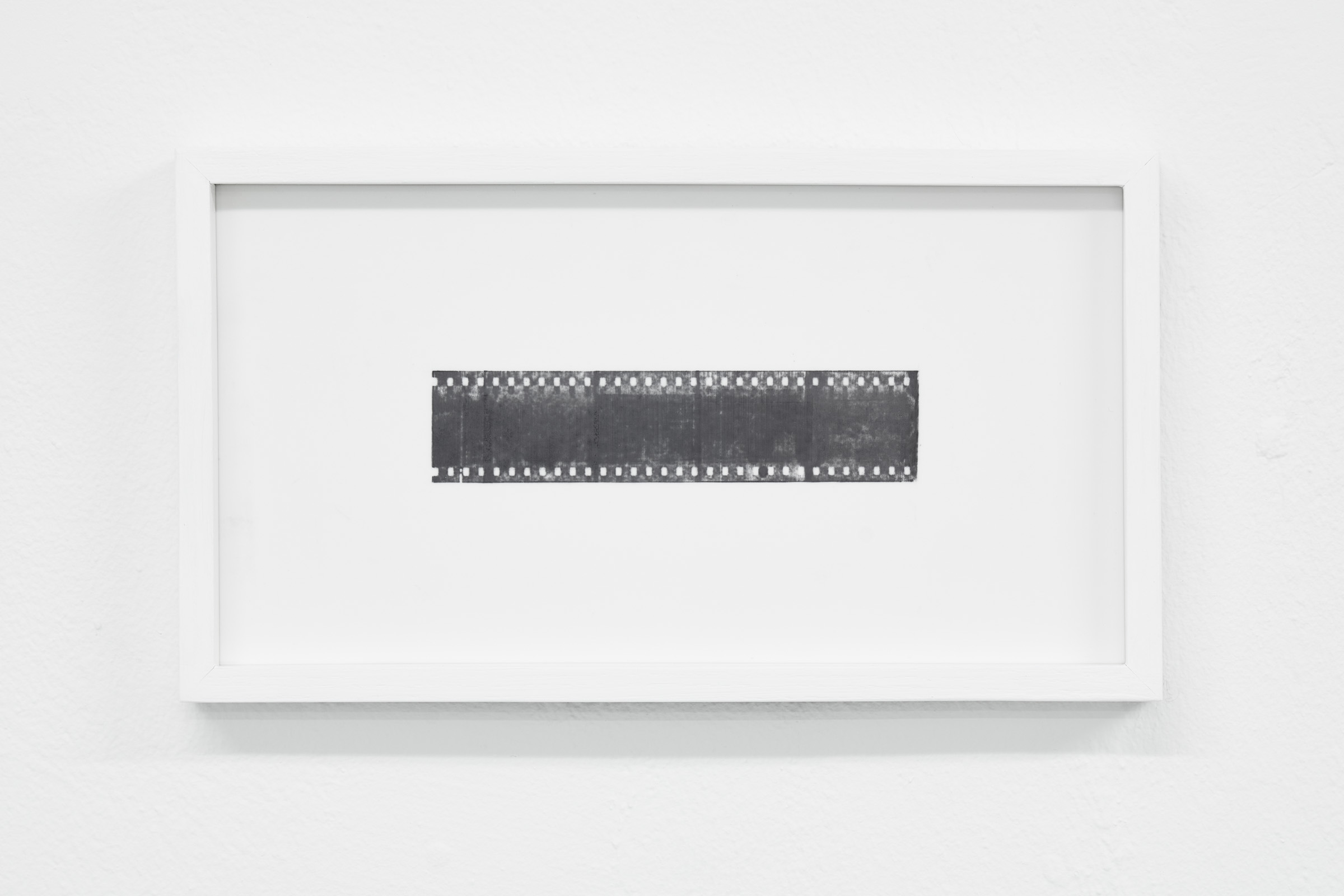
Andreas Albrectsen. Untitled (Sleeper #IV), 2022. Graphite on polyester film (framed UV glass). 17 x 30 cm 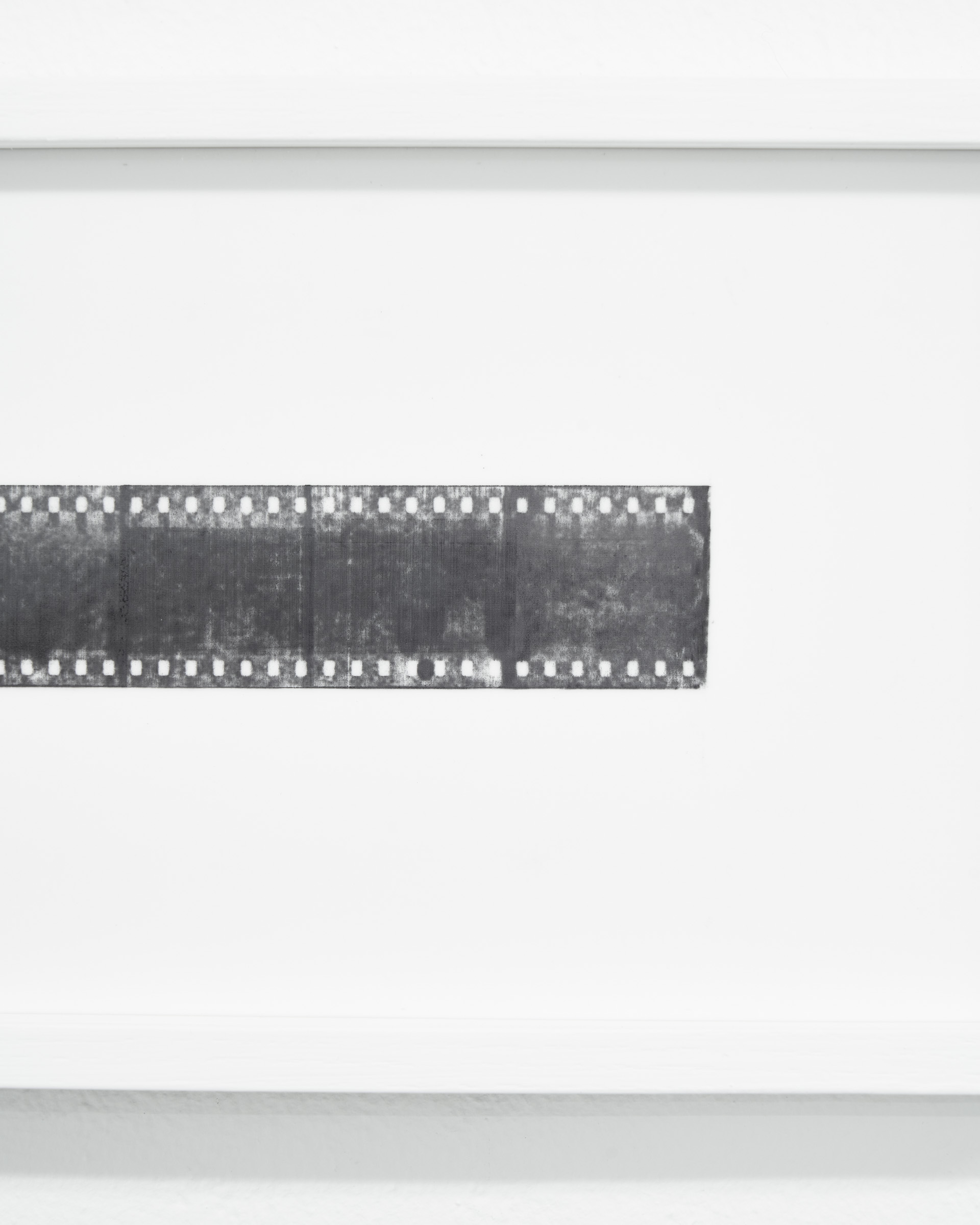
Andreas Albrectsen. Untitled (Sleeper #IV), 2022 (Detail)